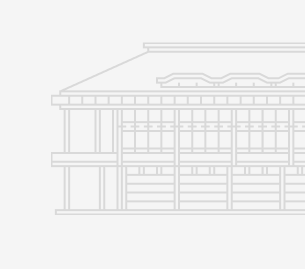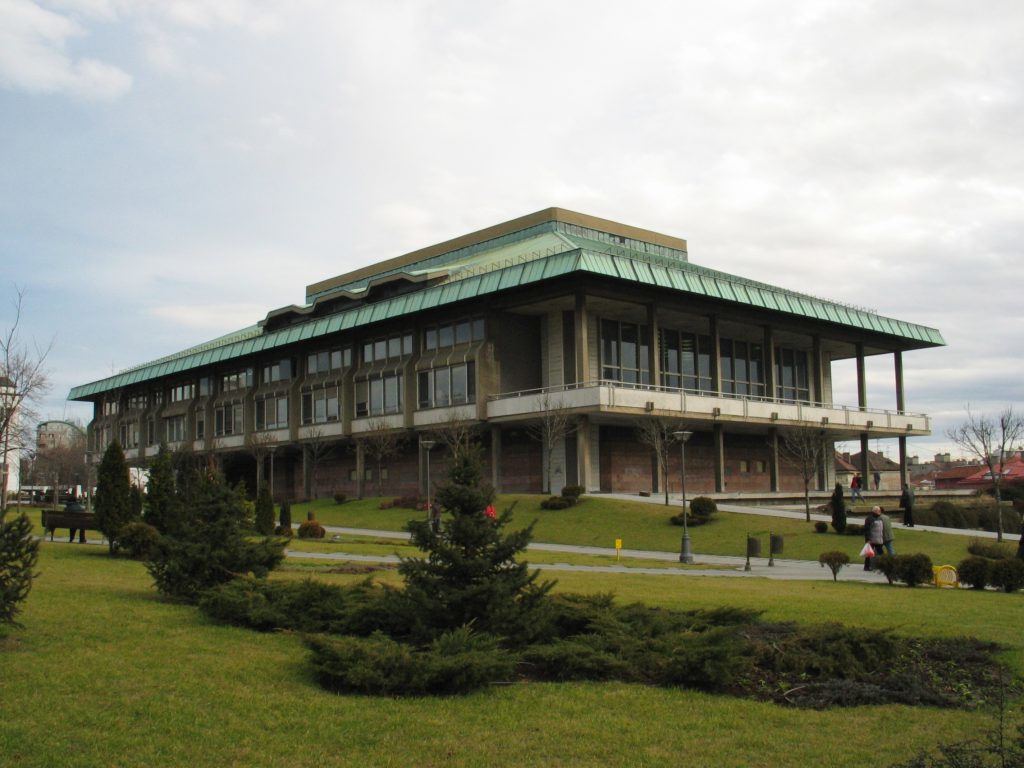Affected by the war, including damage from bombings, the National Library relocated sections of its collections to Niš and subsequently to Kosovska Mitrovica. The rest of the materials were distributed across Belgrade. The collection that had been moved to Niš was taken to Sofia by the Bulgarians but was eventually returned after the war.
Following the war, some materials were irretrievably lost, including 3,132 books, 4,177 magazine volumes, virtually all newspapers from 1914 and 1915, 138 significant letters, as well as all inventories and catalogues. The Library also lost its building.

